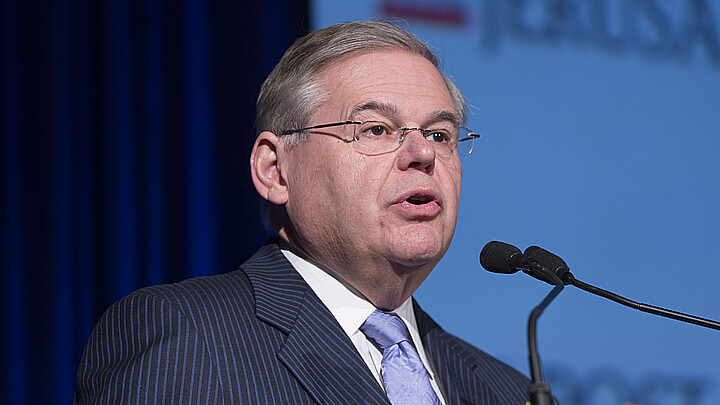Politics
New Jersey continues to see job growth, but overall its economic recovery has been mixed
January 24, 2022 1:41pm
Updated: January 24, 2022 1:41pm
New Jersey continues to see positive job numbers, but overall the state has experienced a mixed economic recovery from the COVID-19 pandemic, according to a new analysis.
This week, the Department of Labor & Workforce Development (DOL) reported employment gains for the 12th consecutive month. The agency said the Garden State has recovered 561,200 of the jobs lost at the start of the COVID-19 pandemic, roughly 78% of the total.
While the state’s unemployment rate fell by 0.4 percentage points to 6.3% for December, it remains higher than the national average of 3.9%.
“New Jersey recorded another month of good job growth in December, with the number of payroll positions increasing by 10,100,” Charles Steindel, New Jersey’s former chief economist, said in an analysis for the Garden State Initiative (GSI). “This was the 8th straight month that jobs have grown at least 10,000.”
Steindel’s analysis revealed widespread job growth in December but noted the state’s job count is 153,000 under its February 2020 peak.
The construction, manufacturing and leisure and hospitality sectors experienced increases of more than 1%. The information sector was the only major sector to see a drop; public-sector employment was “little-changed.”
“Much of the discussion has centered on the unemployment rate,” Steindel said. “Clearly, although New Jersey’s number has fallen, it remains sharply higher than the nation’s – in November our rate was the 4th highest.
However, Steindel noted that the unemployment rate is merely one way to look at the labor market’s health. Another is the fraction of the working-age population on the job.
“There too, though, New Jersey has fallen short,” Steindel said. “We entered the pandemic in February 2020 with a larger share of our population working than the national average.
“The drop through May 2020 was larger here than elsewhere, and our recovery since has trailed the nation, leaving us with a lower-than-average figure than the nation,” Steindel added. “This gap – now ½ percentage point – is much less than the unemployment rate gap of around 2 ½ percentage points, but it is further evidence that progress has been slower here than in many other states.”










